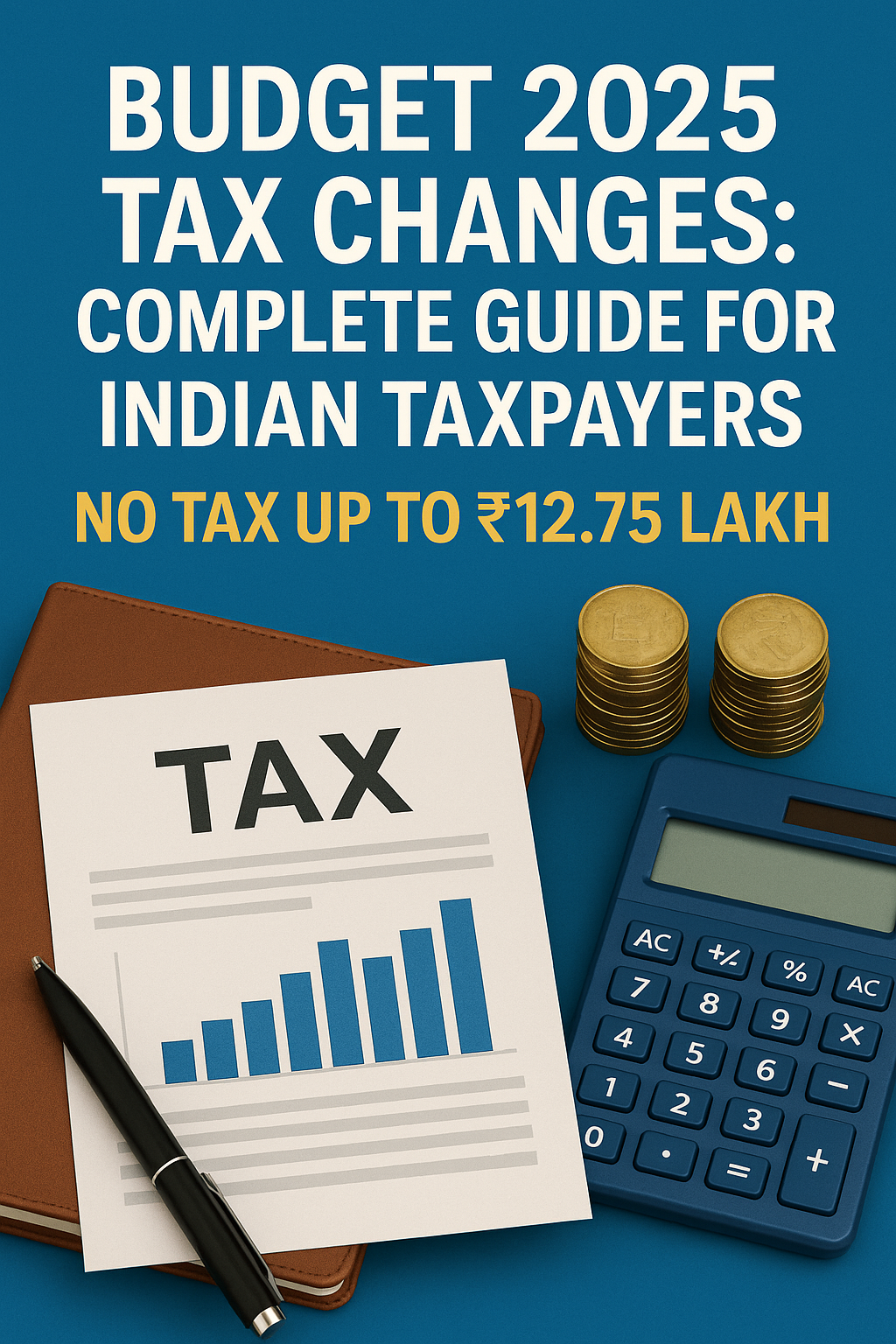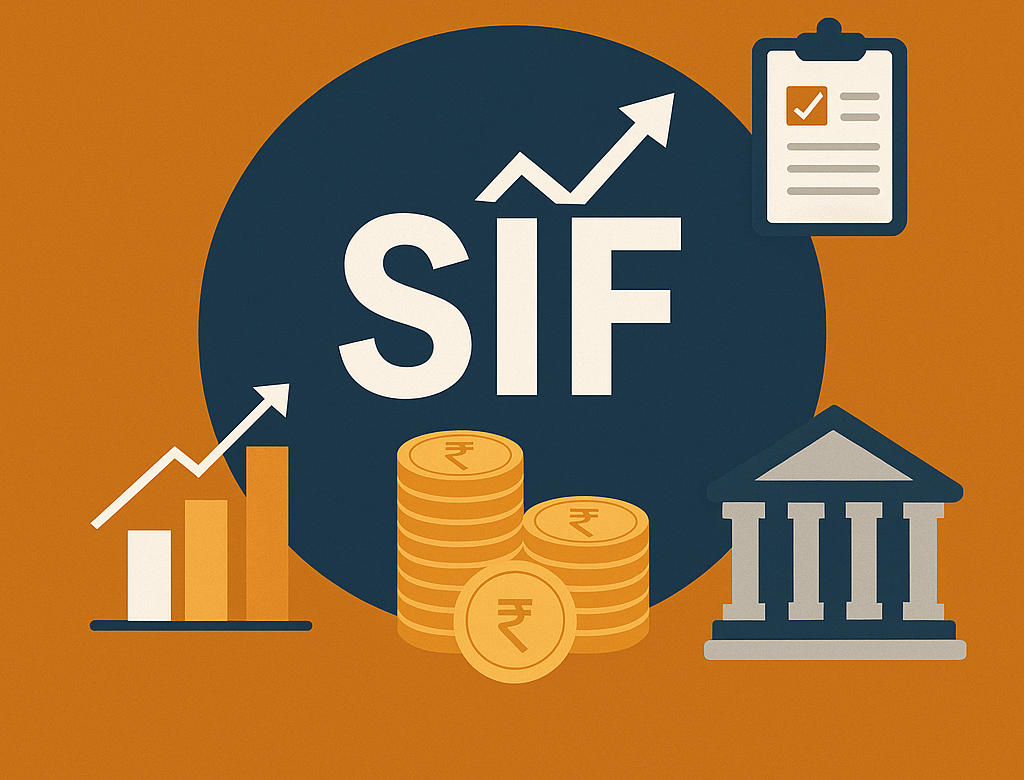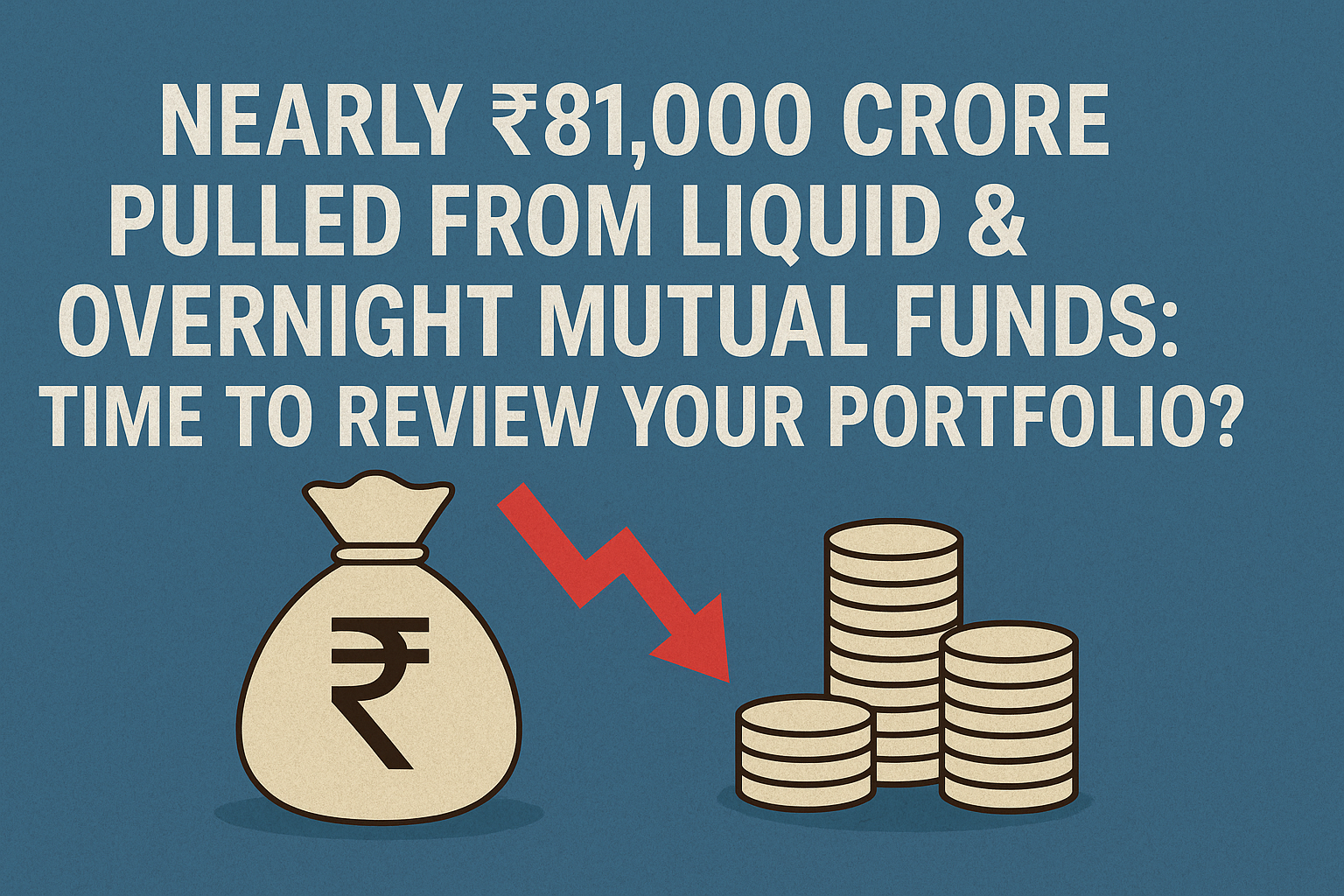The Union Budget 2025 has brought revolutionary changes to India’s tax structure, offering unprecedented relief to middle-class taxpayers. With significant modifications to income tax slabs and increased rebates, millions of Indians will benefit from these new provisions. This comprehensive guide explains everything you need to know about the new tax regime.
Major Highlights of Budget 2025 Tax Changes
Zero Tax for Income Up to ₹12.75 Lakh
The most significant change in Budget 2025 is the expansion of tax-free income limits. Under the new structure, salaried individuals earning up to ₹12.75 lakh annually will pay zero income tax, thanks to the increased tax rebate from ₹25,000 to ₹60,000.
New Income Tax Slabs for FY 2025-26
The revised tax structure follows a more progressive approach:
Income Range | Tax Rate
- Up to ₹4 lakh: NIL (0%)
- ₹4 lakh to ₹8 lakh: 5%
- ₹8 lakh to ₹12 lakh: 10%
- ₹12 lakh to ₹15 lakh: 15%
- ₹15 lakh to ₹20 lakh: 20%
- Above ₹20 lakh: 30%
Enhanced Tax Rebate Under Section 87A
The tax rebate under Section 87A has been increased from ₹25,000 to ₹60,000 for individuals with total income up to ₹12.75 lakh. This means even if you fall in the 5% or 10% tax brackets, the rebate can completely eliminate your tax liability.
How the New Tax Calculation Works
Example 1: Income of ₹8 Lakh
- Tax on ₹4 lakh: ₹0
- Tax on remaining ₹4 lakh at 5%: ₹20,000
- Less: Rebate under Section 87A: ₹20,000
- Final Tax Payable: ₹0
Example 2: Income of ₹12 Lakh
- Tax on ₹4 lakh: ₹0
- Tax on ₹4 lakh (₹4L-₹8L) at 5%: ₹20,000
- Tax on ₹4 lakh (₹8L-₹12L) at 10%: ₹40,000
- Total Tax: ₹60,000
- Less: Rebate under Section 87A: ₹60,000
- Final Tax Payable: ₹0
Example 3: Income of ₹15 Lakh
- Tax on ₹4 lakh: ₹0
- Tax on ₹4 lakh (₹4L-₹8L) at 5%: ₹20,000
- Tax on ₹4 lakh (₹8L-₹12L) at 10%: ₹40,000
- Tax on ₹3 lakh (₹12L-₹15L) at 15%: ₹45,000
- Total Tax: ₹1,05,000
- Less: Rebate under Section 87A: ₹0 (income exceeds ₹12.75L)
- Final Tax Payable: ₹1,05,000
Who Benefits Most from These Changes?
Middle-Class Salaried Employees
The primary beneficiaries are middle-class salaried individuals earning between ₹5 lakh to ₹12 lakh annually. These taxpayers will see complete elimination of their tax liability.
Young Professionals
Entry-level professionals and those in their early career stages will benefit significantly, allowing them to save more and invest in their future.
Small Business Owners
Small business owners and professionals with moderate income levels will experience substantial tax savings, improving their cash flow.
Key Considerations for Tax Planning
Standard Deduction Remains Unchanged
The standard deduction for salaried employees remains at ₹50,000, which is available over and above the new tax slabs.
Investment Planning Impact
With reduced tax liability, taxpayers can redirect their savings toward investments rather than tax payments. This could boost mutual fund investments, insurance premiums, and other financial instruments.
Impact on Tax-Saving Investments
The need for tax-saving investments under Section 80C might reduce for those earning up to ₹12.75 lakh, as they won’t have any tax liability. However, these investments still offer long-term wealth creation benefits.
Comparison: Old vs New Tax Regime
For ₹10 Lakh Income:
Old Regime (with deductions):
- Tax after deductions: Approximately ₹30,000-₹50,000
New Regime (Budget 2025):
- Tax payable: ₹0
For ₹15 Lakh Income:
Old Regime (with deductions):
- Tax after deductions: Approximately ₹80,000-₹1,20,000
New Regime (Budget 2025):
- Tax payable: ₹1,05,000
Implementation Timeline
The new tax slabs will be applicable from Assessment Year 2026-27, covering income earned during Financial Year 2025-26 (April 2025 to March 2026).
Common Misconceptions Clarified
Myth 1: “Everyone gets tax-free income up to ₹12.75 lakh”
Reality: The rebate is available only up to ₹12.75 lakh total income. Beyond this, no rebate is available.
Myth 2: “Old regime is completely abolished”
Reality: Taxpayers can still choose between old and new regimes, though the new regime is more beneficial for most.
Myth 3: “No need for tax planning anymore”
Reality: Tax planning remains important for wealth creation and optimizing overall financial strategy.
Action Steps for Taxpayers
Immediate Actions
- Calculate your current tax liability using the new slabs
- Review your salary structure with HR for optimal tax planning
- Reassess investment goals given the reduced tax burden
- Update your financial planning to reflect increased take-home income
Long-term Planning
- Increase SIP contributions with the additional disposable income
- Build emergency funds more aggressively
- Consider real estate investments if you fall in the zero-tax bracket
- Plan for higher income brackets as your career progresses
Impact on Different Income Groups
₹5-8 Lakh Income Group
- Previous tax: ₹15,000-₹25,000
- New tax: ₹0
- Annual savings: ₹15,000-₹25,000
₹8-12 Lakh Income Group
- Previous tax: ₹25,000-₹75,000
- New tax: ₹0
- Annual savings: ₹25,000-₹75,000
₹12-15 Lakh Income Group
- Previous tax: ₹75,000-₹1,25,000
- New tax: ₹1,05,000
- Potential savings: Up to ₹20,000
Conclusion
Budget 2025’s tax changes represent a significant shift toward a more taxpayer-friendly regime. With zero tax liability for incomes up to ₹12.75 lakh, millions of middle-class Indians will have more disposable income to save and invest. This reform is expected to boost consumption, increase investments, and provide much-needed relief to the salaried class.
The new structure simplifies tax calculation while ensuring that lower and middle-income groups bear minimal tax burden. As these changes take effect from FY 2025-26, taxpayers should start planning their finances to make the most of these beneficial provisions.
Remember to consult with a tax advisor for personalized advice based on your specific financial situation, as tax planning strategies may vary depending on individual circumstances and long-term financial goals.
This article is for informational purposes only and should not be considered as professional tax advice. Please consult with a qualified tax professional for specific guidance related to your financial situation.





